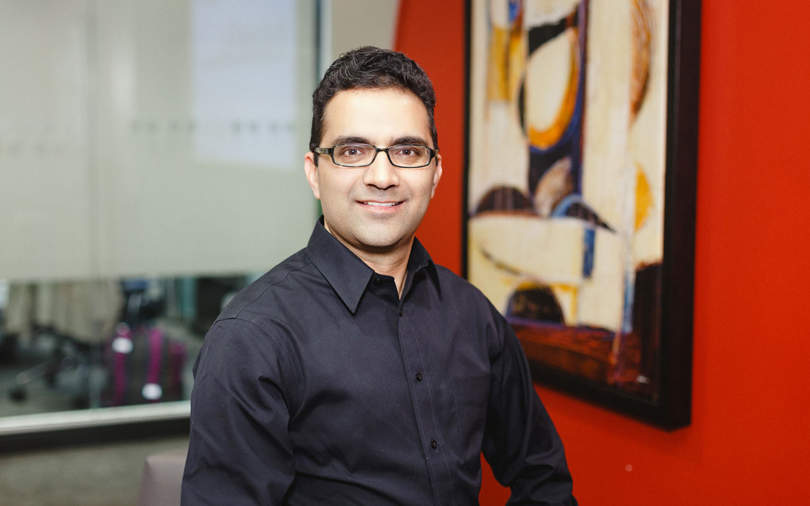
How IoT startup Smartiply is using fog computing to solve internet bandwidth problems


How many times has poor internet connectivity come in the way of sending an important email or streaming your favourite television show? Chances are often enough to drive you to despair.
Now, what if there was a way to bunch the bandwidth of your Wi-Fi router, smartphone and tablet to deliver faster internet speeds and uninterrupted connectivity? Sounds too easy to be true but that’s exactly what Smartiply Inc, a mobile technology startup headquartered in New Jersey, makes possible.
Smartiply leverages a frontier technology known as fog computing to combine idle resources in connected devices to provide users the best possible bandwidth. For example, if your friends have three smartphones with bandwidths of 2 Mbps each, Smartiply’s patented technology can combine the three to deliver a bandwidth of 6 Mbps on a single device.

It’s a novel idea that has implications not just for the individual user seeking better connectivity, but for a range of large scale use cases such as smart cities, video surveillance and banking in remote locations.
But what exactly is fog computing?
Kaushik Pillalamarri, co-founder and CEO of Smartiply breaks its down.“Fog computing means that the cloud has now descended closer to users. In practical terms, all the computing, storage and other capabilities that we leverage only from the cloud is now available locally.”

Fog computing and edge computing are often used interchangeably, chiefly because the differences between the two are subtle. While edge computing processes take place directly on the devices to which sensors are attached, fog computing on the other hand moves all of the activities, including edge computing, to the LAN (local area network) hardware or processors that are connected to the LAN. In other words, fog computing can take place away from the source of the sensors, while edge computing requires proximity to the devices it sources the data from.
Fog computing also has its origins to the Internet of Things (IoT). The first version of IoT, known as IoT 1.0, referred to all data being transferred from IoT devices to the cloud. “But in the current IoT 3.0 era, there is a ‘thing-to-thing’ collaboration, where devices interact amongst each other. Our platform extends itself to use cases across such interactions,” Pillalamarri explains in an interview with TechCircle.
Pillalamarri was born to Indian-origin parents in Africa and later moved to the US to pursue higher studies and a career in the technology sector. He and co-founders Mung Chiang and Junshan Zhang started Smartiply in 2015. They spent two years getting the technology and the pieces of the platform in place. They studied different industries to understand how fog computing could be implemented in use case scenarios other than mobile devices.

“We solved issues on connectivity, but we also realised that streaming videos for ATM video surveillance was a big challenge for banks,” says Ravi Shankar Pooli, managing director at Smartiply India. The company has research and development, marketing and business operations in Mumbai.
Banks usually deploy sensors in ATMs in remote locations to detect movement and other activities. However, this can be a bit ineffective in detecting any wrongdoing. “We ported our platform onto the IoT gateway and now the device takes SIM cards from different operators and streams videos seamlessly. Many ATMs have moved from sensor surveillance to video analytics which is far more effective,” he says.
The Smartiply gateway solution has already been implemented at more than 12,000 ATMs across the country. “We are seeing good traction in the banking and financial services, logistics and even QSR (quick service restaurants) sectors. We are also now getting into smart cities. It’s a horizontal platform that can be customised for different industrial requirements,” he adds.

The solution also finds applications for broadcasting media companies, who find VSAT vans for proper transmission of signals an expensive affair in comparison to what Smartiply has to offer.
For smart cities, the company is working on a concept dubbed ‘the smart pole’.
“It will consist of surveillance cameras, environmental sensors that measure weather and pollution. It can also be used to make public announcements and provide WiFi connectivity to the public,” says Vishal Nagpal, head of business development at Smartiply.

Moving forward, the company plans to scale its products and get into emerging markets where there is a dire need for better networking and connectivity. It is also working on engaging in partnerships with some of the larger information technology firms that are exploring edge computing as a serious game changer.
